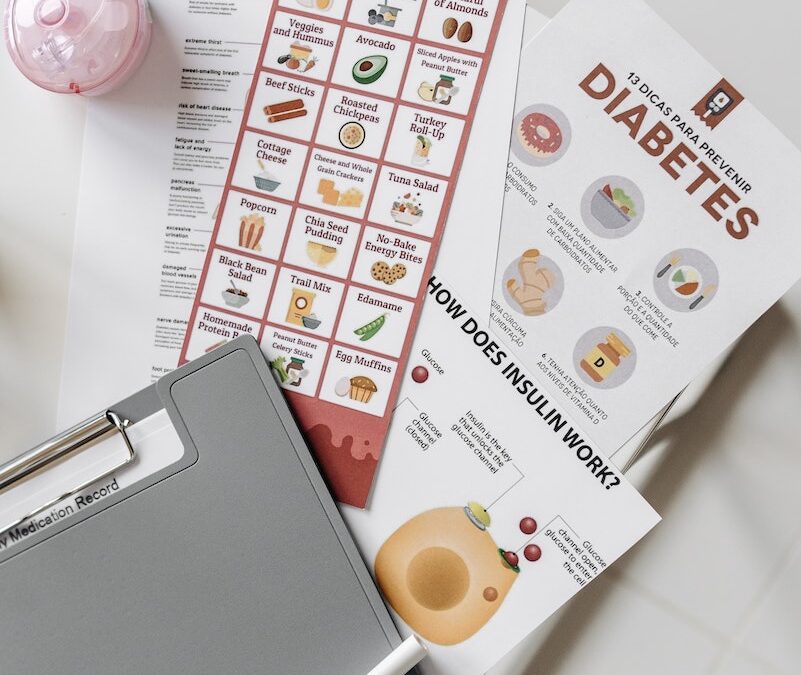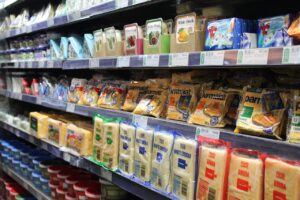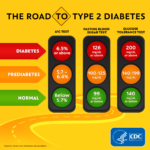Crossing into prediabetes
I won’t bore you with my blood sugar numbers. I’m not horribly over into the prediabetic range, but I’ve been there for a while. My doctor isn’t quite concerned yet but in my reading on prediabetes and type 2 diabetes I’ve seen enough. My plan to deal with prediabetes is developed below. Writing this article is a bit like writing a contract and signing it. I’ve made a written commitment and will work to say with it. So here we go.
By all accounts, I’m a reasonably healthy person. Through a friend, I was encouraged to look into diabetes and what is all involved with it. What I found intriguing about diabetes and in particular prediabetes is how silent it is. You can have diabetes and not have any obvious symptoms. At least with covid-19, you can tell something is wrong. Diabetes and its associated conditions can cause coronary arteries to become narrowed or inflamed. The worst-case scenario would be a heart attack or stroke. These conditions are serious and can be deadly, so it is important to be aware of the signs and symptoms and to seek medical help if you think you may be at risk.
Well, I’ve noticed in the last several years I’m getting patches of red on my ankles. It certainly looks like small blood vessels are the issue. My doctor even noticed them on my last physical. OK, it’s time to get serious about this. In my reading diet is a huge factor. I’ve known for quite a while that most of the food we eat is some kind of processed food. If it comes in a package, can, or bottle it’s probably processed food.
Processed foods
Here’s what Google says about processed food, When ingredients such as oil, sugar, or salt are added to foods and then those foods are packaged, the result is processed foods. Processed foods are not as healthy for you as fresh foods because the processing removes many of the nutrients from the food. Some common examples of foods that are staples include bread, cheese, tofu, and canned tuna or beans. Staples are typically foods that are high in nutrients and calories, yet low in cost. They are often used as the basis for meals or stored for long periods of time.
As a kid growing up I remember my mother buying what we would now call fresh food. Our veggies weren’t always off the vine, but most of what we ate was frozen veggies. Now tonight we had Kung Pao chicken from a bag. Hmmm, I’m going to have to start reading labels. In my research, I’m finding carbohydrates are a key item the look for. However, refined carbohydrates and sugars are where the focus seems to be.
Processed food is full of these items, refined carbohydrates, and sugars. Processing the food items removes natural fiber, protein, and fat. Without these items, your body only has the carbohydrates to process, which becomes a blood sugar rush. Fats, protein, and natural fiber slow down the digestive precRemoving these items leaves you with carbohydrates. Though low-carbohydrate diets are not the only thing you can do to manage prediabetes. Being physically active is another step in the right direction.
Your blood sugar is a source of energy for your cells. If the cells aren’t using the blood sugar, then it will be converted to fat. So what should you do to burn off the blood sugar? Some kind of activity. Quit sitting! Get up and walk. Start out slow and work up to it. Walk to the end of your driveway and back. it’s a start. I’m assuming your driveway is a mile long:). Start out doing 5 minutes. Add a minute or so a day when it starts to feel easy. add time to burn more. The point is the more you can build up the more you will burn. Remember you should check with your doctor to be sure physical activity is something you should be doing.
Fasting to health
The next point to consider is intermittent fasting. The beauty of fasting is it addresses the amount of blood sugar in your body. Simply put prediabetes and type 2 diabetes are just too much sugar in the body. If we think of a campfire we control the flames by the amount of wood you put in the fire. We can think of wood as the blood sugar. If you put in a lot of wood the fire will get larger. You don’t “feed” the fire it dies out. The body does the same thing. When you eat blood sugar rises. When you fast the body starts to burn off the fuel (blood sugar). If you’re fasting the body looks for fuel and creates blood sugar from the stored fat in the body.
Fasting is different than a calorie reduction plan. Studies have shown the body’s basal metabolism is maintained during a fast. This is because of the hormones that are released during a fast. This means the body is able to maintain its level of activity. Calorie reduction causes the body to reduce its activity levels to ration the blood sugar. Your body goes into “starvation mode” when you do a reduced-calorie diet. Your body wants to be fed.
Fasting is a way for you to naturally reduce sugar from storage in the body. It’s something like using the sugar in a bowl and not refilling it every time you use sugar. Fasting allows the bowel to empty. This way when you eat, the amount of sugar going in the bowl doesn’t overflow. One important point to keep in mind when fasting and if you are on drugs to manage your type 2 diabetes, is to work with your doctor to adjust the dosage of drugs you are taking. The drugs could cause your blood sugar to drop too low and cause undesireable conditions. Just like with any medical condition there are physical changes. You should be aware that that is part of the process. However, report unexpected changes to your doctor.
Wrapping it up
I’ve started a fasting plan and am paying closer attention to my plan to deal with prediabetes. I hope to reverse my direction and get back into the normal range of blood sugar. Change in my lifestyle will control my blood sugar and keep me in good health. Please join our Facebook group, Dancing with Diabetes, and check out our other blog articles.
Read more: Silent diabetes, processed foods,










